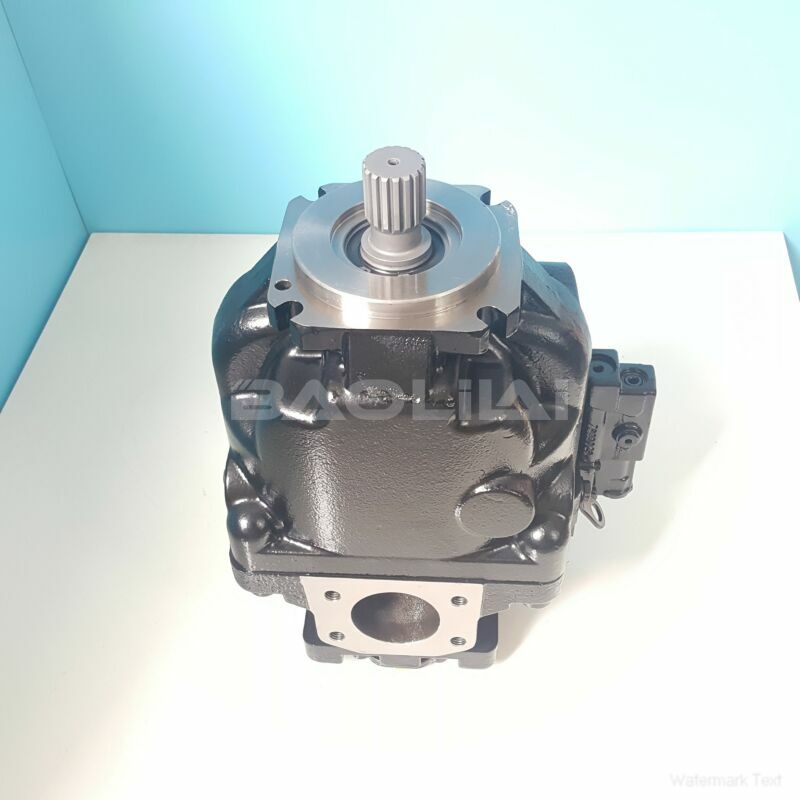ERR100BLS2320NNN3S1CPA1NNNNNNNNNN hydraulic pump
ERR100BLS2320NNN3S1CPA1NNNNNNNNNN hydraulic pump

- Product Details
- Applicable Scene
ERR100BLS2320NNN3S1CPA1NNNNNNNNNN hydraulic pump cavitation is a prevalent issue in high-pressure applications, leading to inefficiencies, excessive wear, and potential failure. Understanding and addressing this phenomenon is essential for maintaining hydraulic systems’ performance and longevity. This article outlines the causes of cavitation, its symptoms, and troubleshooting steps to mitigate its effects.
Model Code :ER-R-100B-LS-23-20-NN-N-3-S1CP-A1N-NNN-NNN-NNN
Model Code :ERR100BLS2320NNN3S1CPA1NNNNNNNNNN
What is Cavitation?
Cavitation occurs when the pressure of the hydraulic fluid drops below its vapor pressure, causing vapor bubbles to form. These bubbles can implode violently when they enter regions of higher pressure, causing shock waves that can damage pump surfaces and other components.

Model No.ldent No. :83004067
Causes of Cavitation
Low Inlet Pressure: If the inlet pressure is too low, it can lead to cavitation. This can be caused by suction line restrictions, blockages, or an inadequate supply of fluid.
ERR100BLS2320NNN3S1CPA1NNNNNNNNNN hydraulic pump.High Fluid Temperatures: Increased fluid temperatures can lower the vapor pressure of the hydraulic fluid, making it easier to reach cavitation conditions.
Excessive Pump Speed: Operating a pump at speeds higher than its design specifications can cause increased flow velocities, resulting in pressure drops that promote cavitation.
Improper System Design: Poorly designed piping systems with sharp bends, long lines, or inadequate diameters can create turbulence and pressure drops, contributing to cavitation.
Symptoms of Cavitation
Recognizing the symptoms of cavitation is critical for timely intervention:
Unusual Noise: A characteristic rumbling or grinding sound from the pump often indicates cavitation.
Vibration: Excessive vibration can result from the implosion of vapor bubbles within the pump.





